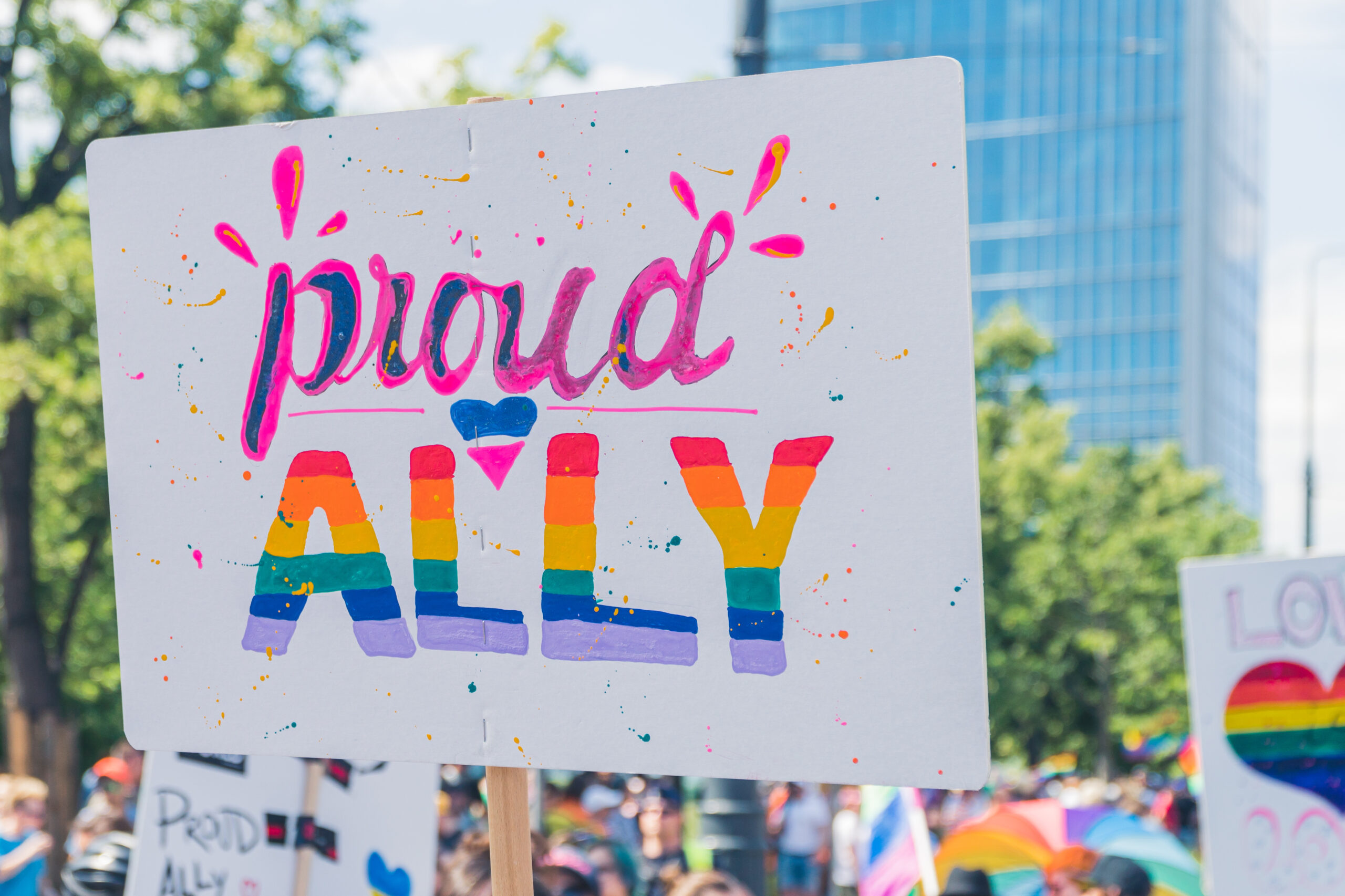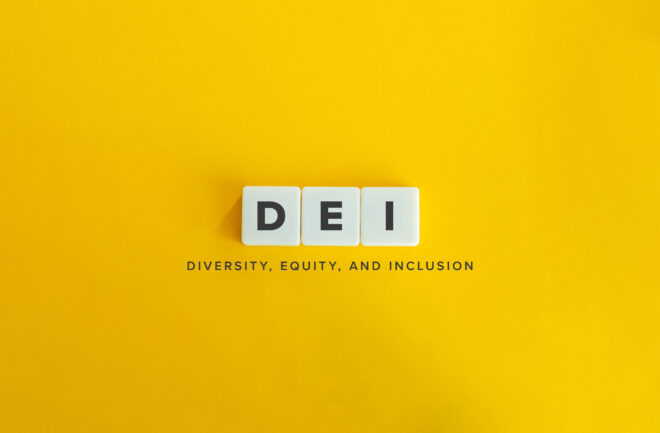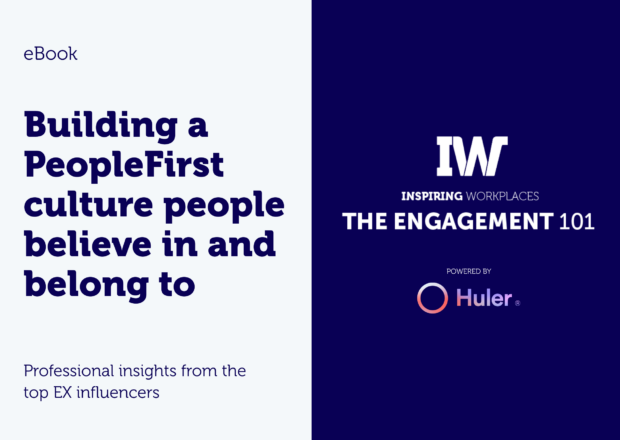
05th July 2024
The Power of Allyship: Enhancing Inclusion and Support in the Workplace

Allyship at work involves lifelong learning, recognizing biases, and actively promoting diversity, equity, and inclusion through consistent, supportive, and public actions. Authentic allyship goes beyond performative gestures, requiring genuine efforts to understand and address the challenges of marginalized groups. Effective allies demonstrate empathy, reflect on their biases, engage in open conversations, and consistently support inclusion initiatives.
This article was written by Rubi Khan and published in People Matters.
As a DEI practitioner, Rubi has found that “ally” and “allyship” are two of the most frequently used terms. In the pursuit of building a diverse, equitable, and inclusive workplace, allies become crucial. Allies leverage their privilege to support non-dominant groups, creating an inviting and welcoming space for everyone. Allyship involves a sustained relationship between dominant groups to actively promote diversity, equity, and inclusion in the workplace through supportive and collaborative relationships, acts of sponsorship, and public advocacy to drive systemic change.
Allyship begins with self-education and learning about biases. It focuses on developing social awareness and motivation and creating accountability through public action, transparency, and systemic, sustainable change.
What Do Allies Do?
Allies at all levels within an organization engage to nurture inclusion. They demonstrate empathy in their interactions, displaying small gestures in various interactions, from corridor conversations to lunch discussions, small talk near the coffee machine, and dialogues during meetings.
Allyship is a lifelong process of building supportive relationships with underrepresented, marginalized, or discriminated-against individuals or groups to advance inclusion. It is about progress, not perfection. Allyship requires frequent and consistent behavior and is not performative. It involves creating platforms that encourage people to share their views and opinions and lift others. Allyship is not about fixing others.
Performative Allyship
We often observe posts, events, and initiatives around women, LGBTQIA+, and people with disabilities during specific months or days. Actions such as changing profile pictures and retweeting posts on social media to illustrate support for social movements (e.g., Inclusion Matters, Women, People with Disabilities, LGBTQIA+) are common. These actions are often characterized as performative or inauthentic displays of support. According to the Cambridge Dictionary, “performative” denotes an action with an artistic or acting performance. Performative allyship involves accessible, visible, and inexpensive actions, while social change requires considerable time and energy.
Motivations Behind Performative Allyship
Performative allyship includes a combination of motivations and actions:
- Out-group motivation: This motivation is rooted in identification and solidarity with the disadvantaged group’s appeal.
- Moral motivation: This motivation arises from the belief that bias and non-inclusion are unacceptable according to one’s values and moral compass.
- In-group motivation: This motivation comes from concern for one’s status. Allies may engage in helping behaviors to protect their high status and improve the group’s image regarding likeability and competence.
- Personal motivation: This motivation aims to improve one’s public image, gain popularity, and acquire economic resources.
Allyship, when done authentically, focuses on real and sustained efforts to support marginalized groups, creating genuine social change and fostering an inclusive environment.
Read the full article and find out what are the six behaviours consistently displayed by authentic allies: The role of allies and allyship at work
The Inspiring Workplaces Awards are open!
3 ways to be Recognised: Organisations, Individuals and Vendors.






